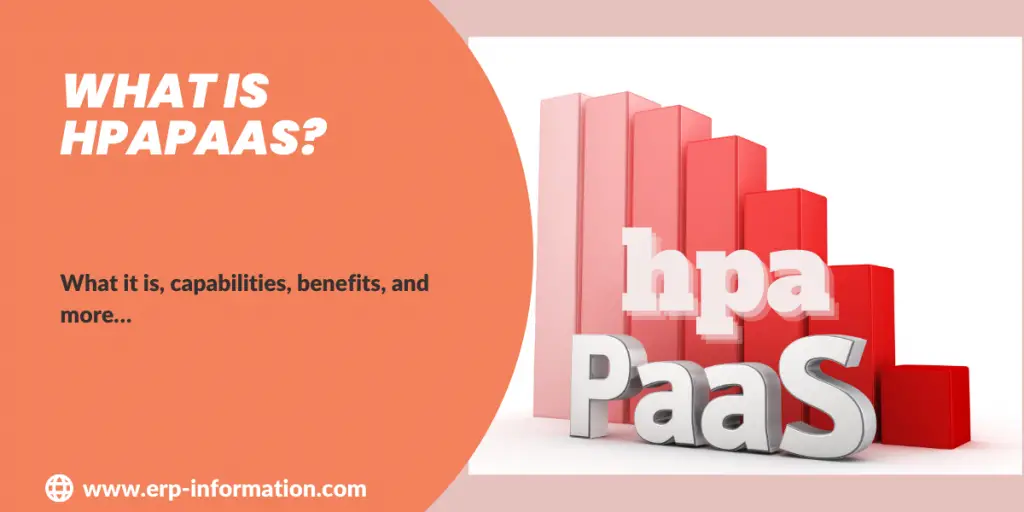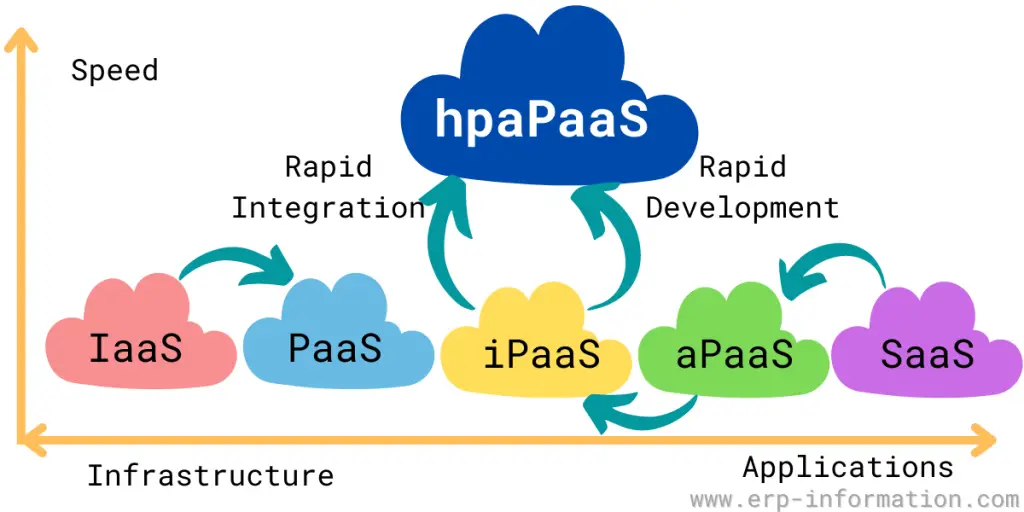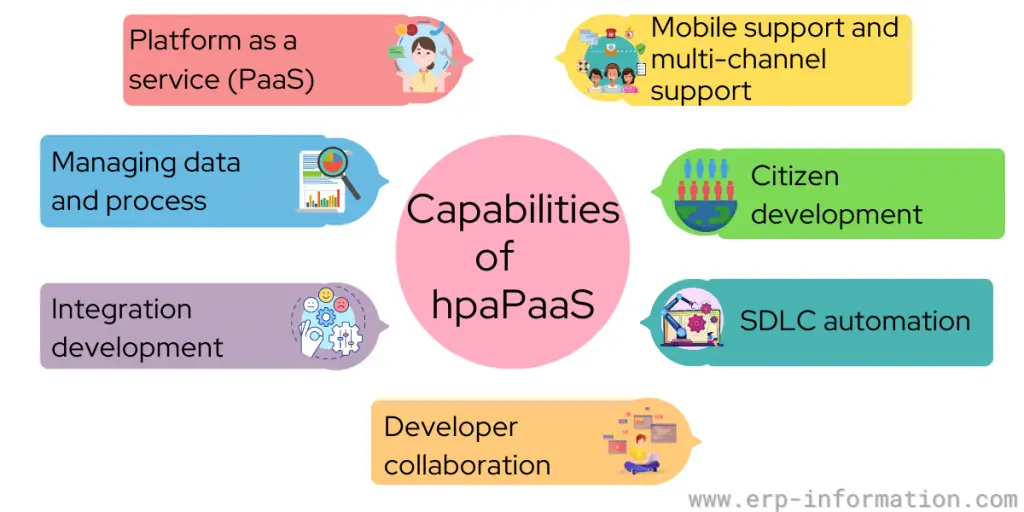hpaPaaS is a new acronym on the block that stands for High Productivity Application Platform as a Service.
Even though it is still in its early days, it is making ripples in the industry with its promise of delivering high-productivity applications with reduced complexity and cost.
This article will give you an overview of hpaPaaS capabilities, benefits, and relations with low-code platforms, so you can decide if it’s right for your business.
What is hpaPaaS?
It is a High-Productivity Application Platform as a Service. It can provide an environment for developing and deploying applications with increased agility and faster time to market.
It enables enterprises to quickly create, test, deploy and manage applications across public, private, or hybrid clouds.
First, let us explore cloud platforms for a better understanding of hpaPaaS. The cloud platform is divided into Infrastructure as a Service (IaaS), Software as a Service(SaaS), and Platform as a Service(PaaS).
Because of increasing demand for a faster time to market on the cloud and rapid development and delivery, cloud platforms have transformed from traditional to modern platforms and providing iPaaS(Integration Platform as a Service), aPaaS (Application Platform as a Service), and hpaPaaS (High-productivity application Platform as a Service).
Capabilities
PaaS
High Productivity Application Platform as a Service is provided on a subscription model with support for resource sharing and multi-occupation.
Mobile support and multi-channel support
The platform should enable applications built using it to seamlessly deploy on multiple devices without the need to write code for different operating systems and devices.
Managing data and process
It should provide capabilities for managing data models and processes.
Citizen development
The platform should allow business developers to construct enterprise applications. It should also support a drag-and-drop and model-driven option that helps to simplify the app development process.
Integration development
The platform should have built-in connectors to integrate different enterprise applications, including internal and external systems such as API, EDA, etc.
SDLC Automation
SDLC platform should offer a complete set of tools that help to automate the software development life cycle.
Developer collaboration
The platform should include features that help developers to collaborate on pre-built applications, marketplace, and communities, and it also allows the developer to build apps quickly.
Relationship between low code and hpaPaaS
These platforms are designed to help developers create and deploy high-productivity applications more quickly. Low code platforms can be used with hpaPaaS to further speed up the application development process.
Low-code platforms allow business users without programming experience to create applications using a visual interface and pre-built components.
In combination with hpaPaaS, this can result in even faster application development times, as the low code platform can be used to create the basic structure of the application and can be used to add more complex functionality.
However, this platform does not provide capabilities to control app resources and scalability. But with a low code platform, it is possible to provide high productivity and control in a single application platform.
Top Vendors
- Appian
- Betty Blocks
- Mendix
- Quickbase
- AgilePoint Inc.
- Outsystems
- ServiceNow
- WaveMaker
- Kintone
Benefits
- It manages business operations more efficiently and effectively. This is because it automates many processes that would otherwise be done manually.
- It Improves collaboration among employees by enabling employees to share files and information more easily.
- It helps to connect with customers more easily because it provides tools that allow you to manage customer relationships more effectively.
- It helps you achieve faster time-to-market for your products and services with tools that allow you to develop and deploy your applications more quickly.
- It reduces your IT infrastructure costs because hpaPaaS uses a cloud-based delivery model and helps you save on hardware and software costs.
Conclusion
hpaPaaS is a high-productivity application platform that enables businesses to develop and deploy applications more quickly.
It has many benefits, such as improved employee collaboration, faster time-to-market for products and services, reduced IT infrastructure costs, and better customer relationships.
However, it also has some limitations, such as its complexity and lack of a self-service portal. Overall, It is a powerful tool that can help businesses improve their efficiency and competitiveness.


